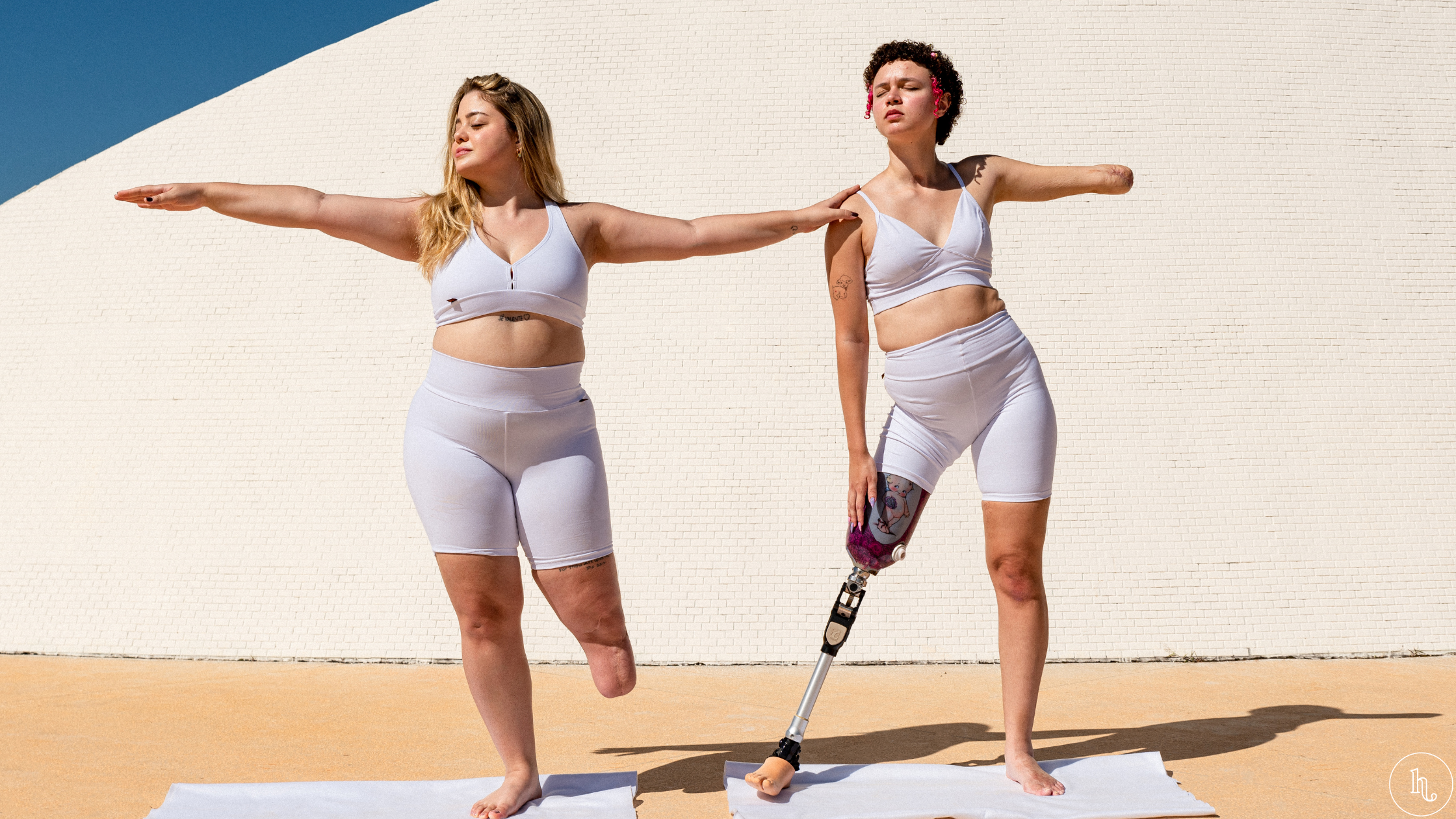Off-Screen: “Visibility” Through the Lens of a Disabled Therapist
Disability Awareness
In kindergarten, I was the fastest runner in my entire school - unless the 8th grader I had a crush on let me win when we raced at recess. In high school, my 100-yard butterfly was .7 seconds - not seven seconds, but a fraction of a second - from qualifying to train for the Olympics. I still think of myself as strong, fit and capable.
The reality is, I am disabled.
My disabilities are invisible, which is why most people in my life forget, and probably why my body is always having to remind my brain, we can’t actually do that.
Disability Empathy
In the world of therapy, where empathy, understanding, and connection are at the forefront, the role of a therapist is often viewed through a lens of professionalism and compassion. At Hold the Vision, we believe in authenticity, showing up as ourselves. Given that my disabilities are not only a part of who I am and are always present, they are woven into the fabric of who I am as a therapist.
The therapeutic process requires self-reflection, curiosity, and openness. As a therapist, it is necessary for me to model these elements of change to my clients. I have to be willing to engage in them myself, with honesty and reality checks about my disabilities. This includes making a practice of addressing internalized ableism and allowing grief to fill the vast chasm between what I think of doing and what I actually can do.
Disability Vulnerability
While my disabilities limit me, they offer a lens through which I view the complexities of human emotion and resilience. Well, that, and trauma! Becoming unable to walk a few times in my 30’s, not knowing if I ever would again, gave me a new relationship to vulnerability. I always thought if I came across a shark while surfing, I would simply swim back to shore where it could not reach me. Suddenly, I was hyper-aware that I would be picked off first! Years later, I made the mistake of reading I’ll Be Gone in the Dark (my only true crime) while confined to bed in a new home. My hypervigilance went on overdrive, aware of every neighbor’s motion-sensored lights and every creak in the floor. To protect me, my body would barely let me leave the house, but that book emphasizes the importance of getting to know your neighbors, so as soon as I could, I did. I have always valued community, and had recently experienced the trauma of leaving church community and moving across states. I had to get good at creating community for myself. This time in my life, coming out of isolation only months before going into global quarantine, increased my awareness of body language and the relationship people have to their bodies, and solidified my sensitivity to accessibility needs and commitment to inclusivity. It was also my first year of grad school to become a therapist, and informed my desire to create a therapeutic environment where clients feel valued and appreciated within their own unique spectrum of ability and disability. I can only create safety around the vulnerabilities of others by embracing my own. When it would have been easy to hide, I had to build tolerance to being noticed.
Disability Solidarity
The therapeutic relationship offers acceptance in a way that nurtures self-acceptance. A world built for able bodies can be isolating; through therapy, a disabled client might gain the confidence to begin seeking out community, be encouraged to gather accommodation resources, and strengthen their sense of self outside of disability as an identity. Therapy offers a personal advocate.
Therapy is not actually about fixing what’s broken. Compassion for disabled people often shows up as pity. But true compassion is empowering, not enabling. Disabled people are not required to perform resilience or gratitude. You do not have to overcome the challenges that disabilities present. You are not here to inspire able bodies. You are allowed to show up as you are, even as you continue to deepen your understanding of yourself.
Our relationships with our disabilities are not static. They continue to evolve on the journey of self-discovery and relationships with others. Only by embracing our disabilities can we create environments that include and accommodate and wholeheartedly welcome our truest selves.
At Hold the Vision, we celebrate Pride and Disability Pride all year! We are always open to offering accommodation and remain committed to continued learning and exploring inclusion.




